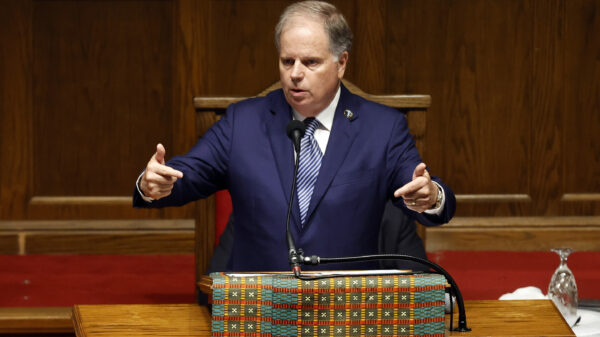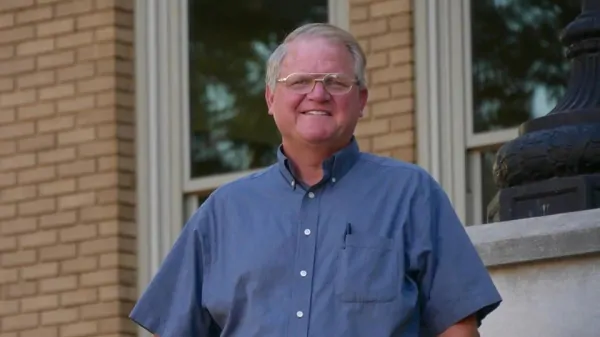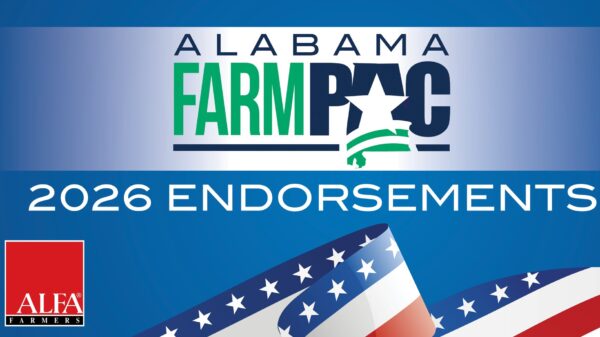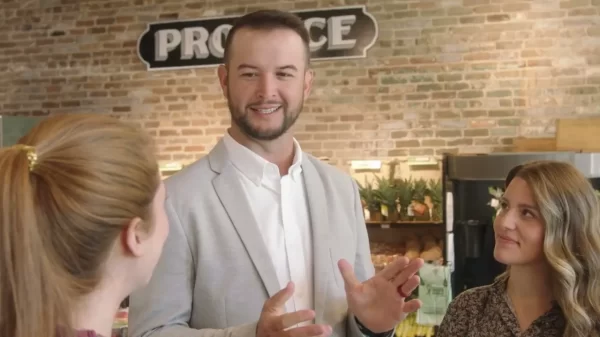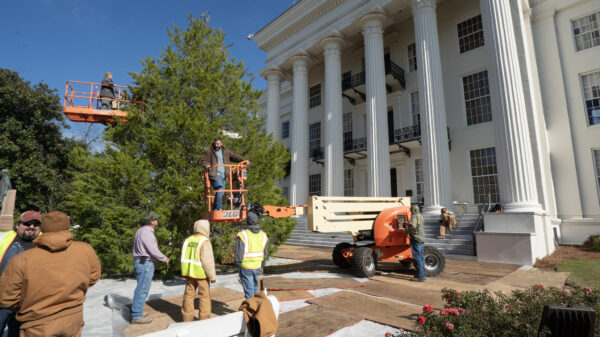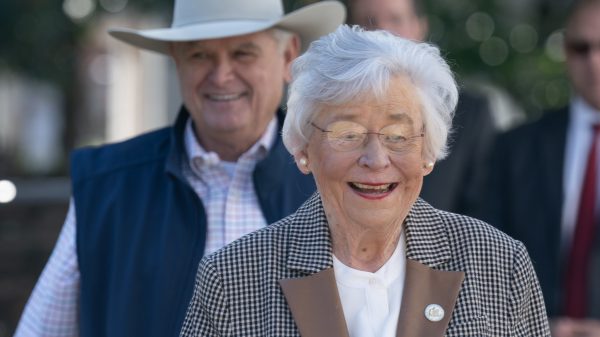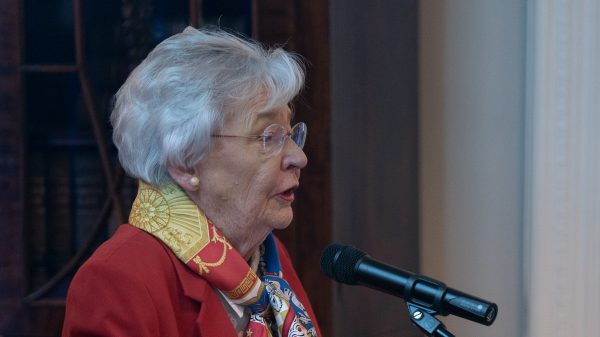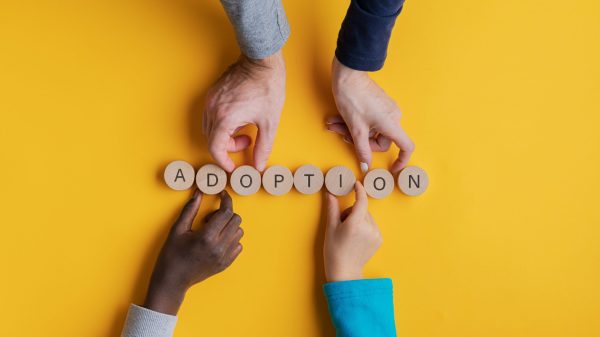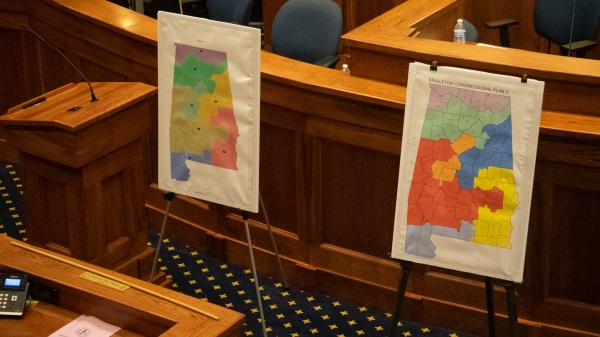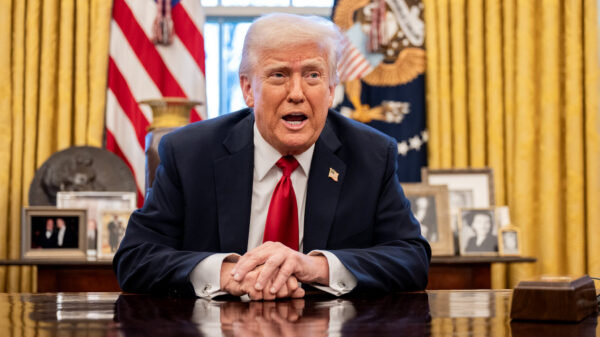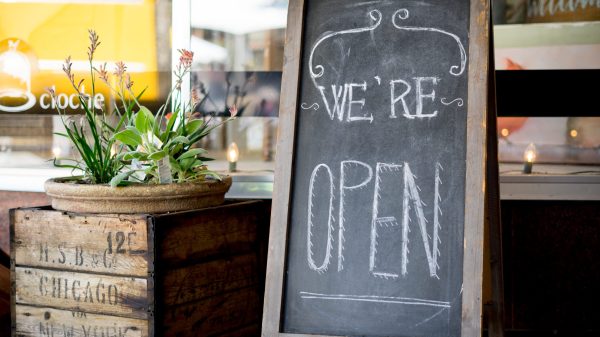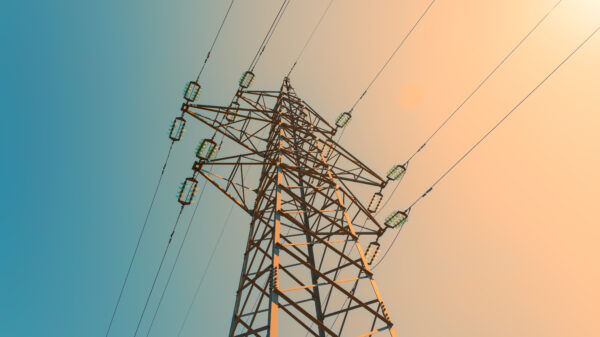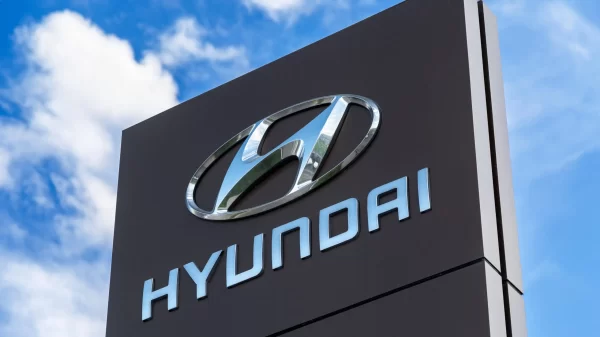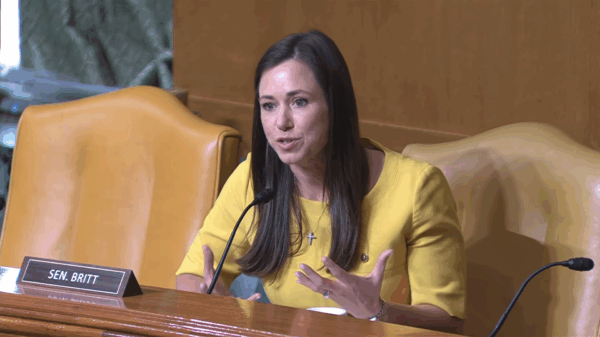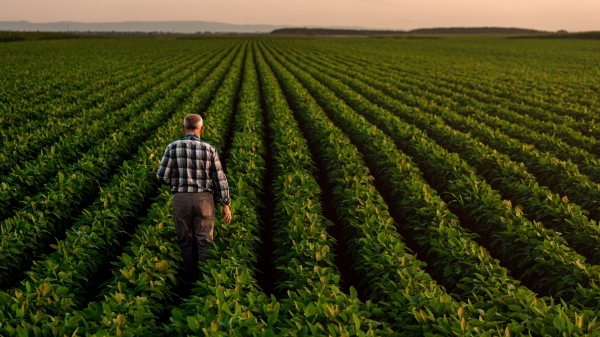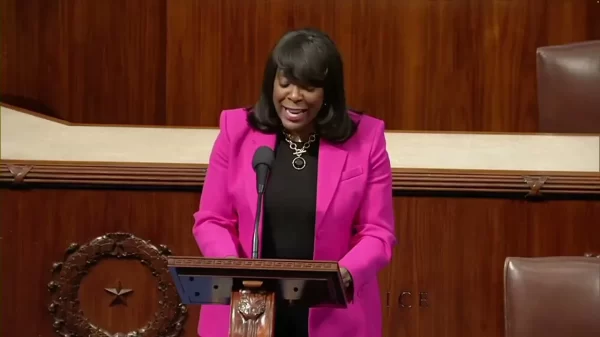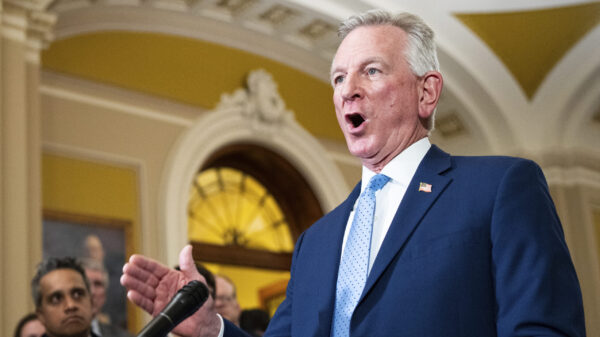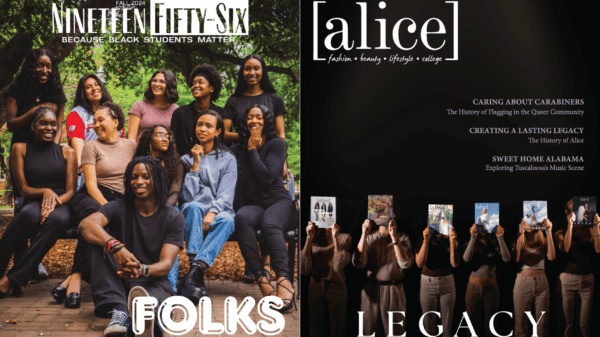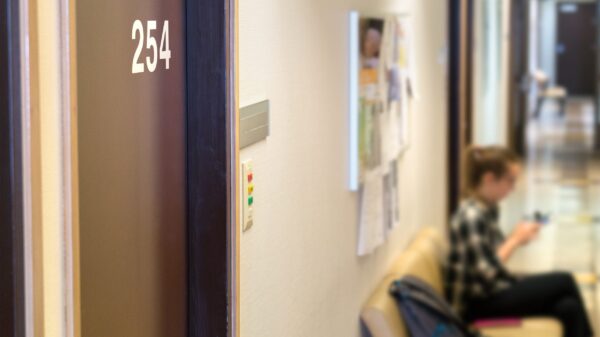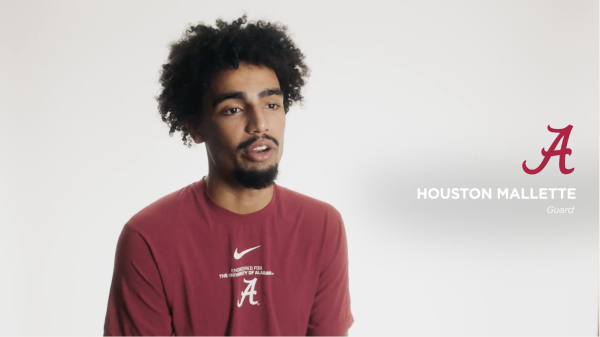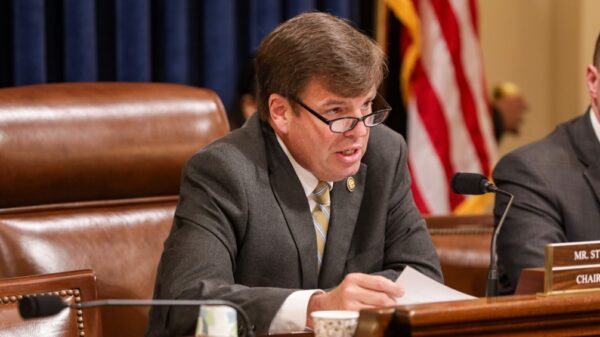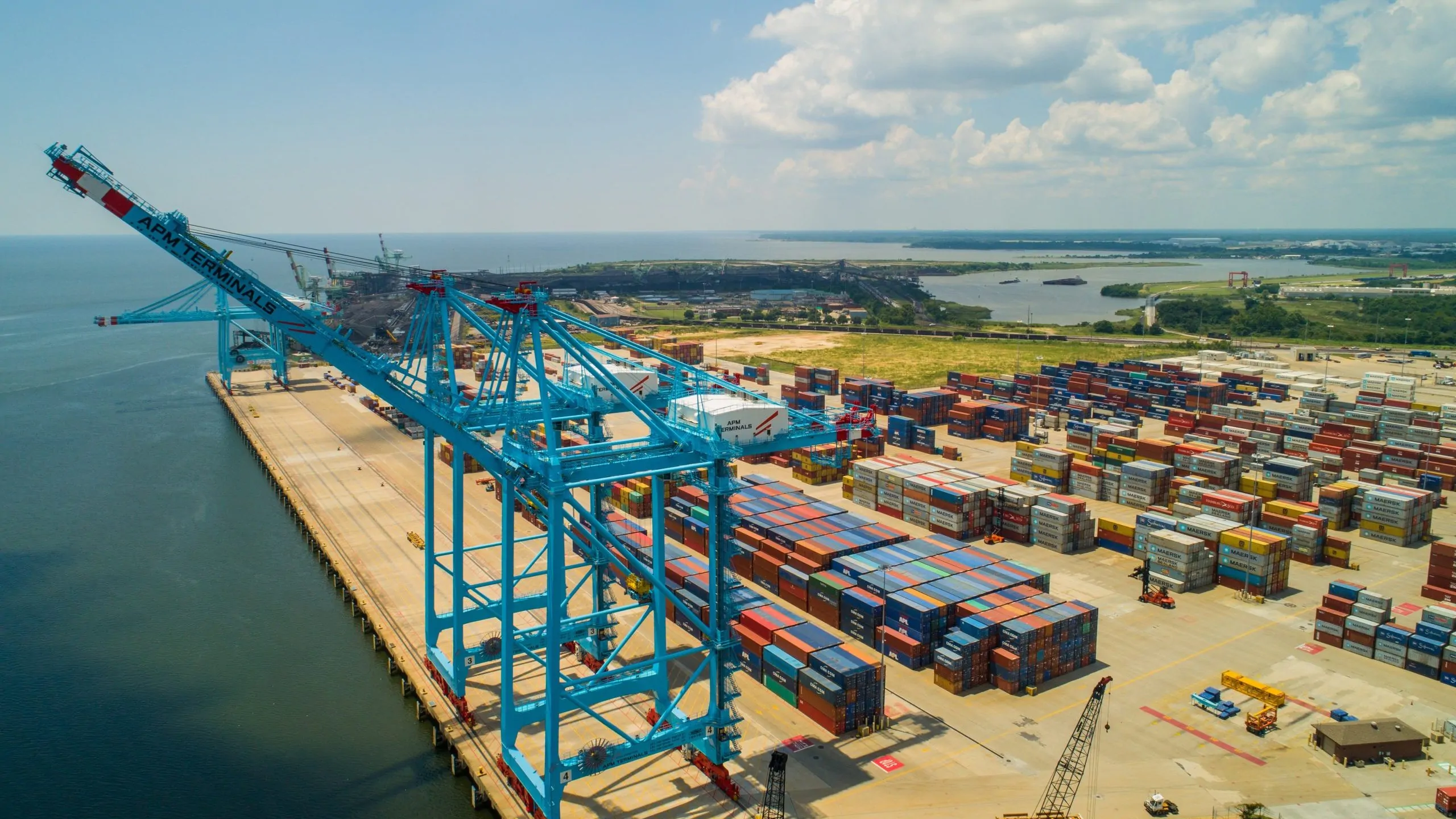The Alabama Port Authority shared Wednesday two major developments for the Upper Mobile Bay Wetlands Project—the only dedicated beneficial use site in Mobile Bay for maintenance dredge material from the ship channel.
First, the Alabama Department of Conservation and Natural Resources, ADCNR, announced that the project is slated to receive $24 million in RESTORE Act funding. In addition to the funding, the Port has signed its U.S. Army Corps of Engineers, USACE, permit to begin construction.
The new site will create hundreds of acres of wetlands south of the Causeway, turning eligible dredged material into restored habitat that benefits fisheries, wildlife and coastal resilience, the Authority shared.
“Wetland restoration in Mobile Bay is vital to our coastal communities, and I am proud to advocate for RESTORE Act funding for this project,” said Chris Blankenship, commissioner of the ADCNR. “I commend the Port Authority and the Corps for their vision and persistence in securing this permit, which ensures dredged material will be used in the most beneficial way possible.”
The permit marks the final step in a comprehensive process driven by the Port’s longstanding commitment to collaborating with federal, state and local partners to expand beneficial use opportunities, the Authority wrote. The project has been in the works since 2016, with the engineering, design and permitting funded by the Restore Council in 2017. This effort is said to ensure that dredged material supports environmental protection, coastal resilience and economic growth.
“Beneficial use is not just the right thing to do—it’s a strategic approach that allows us to grow responsibly while protecting the natural assets that make Alabama competitive,” said Doug Otto, director and CEO of the Alabama Port Authority. “We are especially grateful to Commissioner Blakenship for his leadership in advocating for RESTORE dollars. Having both the funding commitment and the USACE permit in hand is the catalyst we need to move forward with this project and to pave the way for additional beneficial use opportunities across Mobile Bay.”
Senator Tommy Tuberville said: “The Port of Mobile plays an important role in Alabama’s economy, generating more than $415 billion since 2019. In addition to being an economic driver for our state, I’m proud that the Port also works hard to preserve our wetlands. There’s no reason why we can’t continue growing business and keeping Alabama beautiful at the same time.”
Senator Katie Britt said: “Since I took office, I have worked diligently with the U.S. Army Corps of Engineers to ensure sediment is responsibly disposed of in the Mobile Bay, including securing a provision in the Water Resources Development Act of 2024 to direct the Corps to use dredged material for beneficial use. I’m thrilled to see these developments for the Upper Mobile Bay Wetlands Project, and I remain committed to advocating for beneficial use of dredged material in the Mobile harbor and ship channel. By working together at the state and federal levels, we will continue to strengthen Mobile Bay’s natural resources and reinforce the Port of Mobile as an economic engine for our state and nation.”
Congressman Barry Moore said: “The Port of Mobile is one of our state’s most important assets, and projects like this wetlands restoration underscore its commitment to balancing conservation with economic growth. By working closely with the U.S. Army Corps of Engineers, the Port is ensuring that Mobile Bay remains healthy while continuing to support jobs and investment across Alabama.”
Congressman Shomari Figures said: “The Upper Mobile Bay Wetlands initiative is proof of what is possible when smart environmental policy meets strong local partnerships. Beneficial use efforts like this one restore coastal ecosystems and create value for nearby communities.”
In partnership with the USACE, the Port has already advanced several beneficial use projects tied to the construction of the fifty-foot channel, including relic shell restoration, shoreline protection at Dauphin Island, and wetlands restoration at Deer River.
Renderings of the Upper Mobile Bay Wetlands Project are available here.

